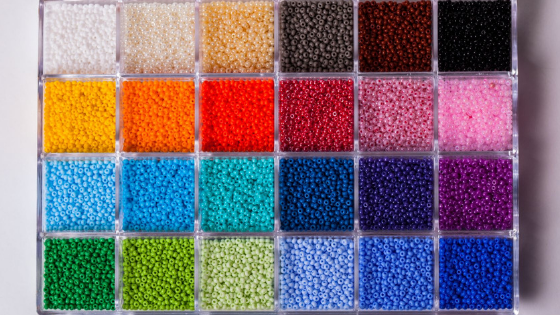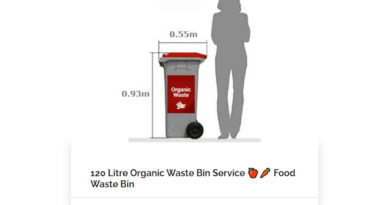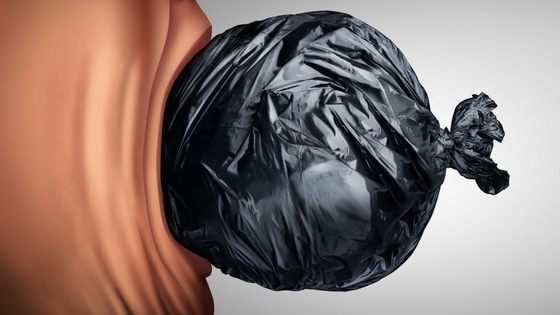Effects Of Microbeads On The Environment 🗑️ – Worldwide Impact And Damage!
Energy Disrupter
Effects Of Microbeads On The Environment 🗑️: Whoever says “what you do not know cannot hurt you” – is about to be blown off of their seat!
An increasing number of studies demonstrated evidence of harmful effects caused by everyday products such as toothpaste and facial wash. So, read up to know more.
Plastic pollution is an issue many of us are now highly aware of. Plastic and its by-products, such as microbeads have a direct and devastating impact on our natural environment.
>Download Now: Free PDF Business Owners Guide To General Waste Bin Services
Microbeads are extremely small and solid pieces of materials – manufactured plastic particles that are less than 5 mm and don’t degrade or dissolve in water.
They may be added to a range of commodities including personal care, cosmetics and cleaning products. Microbeads are used as ingredients in these products for a variety of purposes.
Mainly as an abrasive and exfoliating agent to cosmetics, personal care and beauty products – such as soaps, facial scrubs and toothpaste.
Microbeads are a relatively cheap ingredient added to serve as a bulking agent and to prolong shelf life – also added to over-the-counter drugs for controlled time release of active ingredients and to make them easier to swallow.
How long do microbeads last?
Microbeads are a kind of microplastic and, as discussed in a previous blog, can come from a variety of sources, including larger plastic pieces that have broken apart and resin pellets used for plastic manufacturing or in the form of “microbeads” (a term introduced by the cosmetic industry for marketing purposes).
Since plastics are indigestible and non-biodegradable and once produced, one cannot get rid of them!
But more to the point of how long do microbeads last, the half-life of these plastic polymers can range from months to centuries!
Effects of Microbeads on the environment: and where they end up
An unavoidable consequence has been a dramatic increase in the environmental release of plastic items due to absent recycling programs, negligence, and accidents.
Therefore, it is crucial to understand the disruptive effects of the everyday products that we are using. Surely, our utilization of these products falls within the purview of the effects of microbeads on the environment.
A serious matter of concern is the accumulation of plastic debris in the environment.


In due course, much of this plastic debris end up in aquatic ecosystems. The use of plastics has increased almost 20-fold during the last 60 years, whereby microbeads have contributed to a greater increase in microplastics polluting the planet’s oceans and lakes, researchers say.
Unfortunately, most wastewater treatment systems do not capture microbeads.
Once in the water, microbeads can have a damaging effect on marine life, the environment and human health. This is attributed to their composition, ability to absorb toxins and potential to transfer up the marine food chain.
Not only are microbeads hard to clean up because they are about the size of a pinhead, researchers say they also are posing a threat to aquatic life. Some marine life mistakes small plastic for food particles.
[embedded content]
Scientists are researching whether microplastics affect the health of marine life once ingested and if chemicals transfer to humans who eat those species later, according to the National Oceanic and Atmospheric Administration (NOAA).
National and worldwide initiatives
Legislative initiatives are currently in place with countries from around the world addressing the effects of microbeads on the environment.
In December of 2012, Unilever was the first multinational to announce the phasing out of plastic microbeads from their products worldwide.
Other multinationals soon made similar statements.
In December 2015, President Obama signed legislation prohibiting the selling and distribution of products containing microbeads.
Since then, France, the United Kingdom, Taiwan, South Korea, Sweden, and New Zealand have also banned microbeads in rinse-off cosmetics.
Following these countries, India recently announced a microbead ban which will enter force in 2020. Italy, too, has drafted legislation to ban microbeads in rinse-off cosmetics as of January 1st 2020.
In addition, Italy is the first country to ban plastic cotton buds starting in 2019. The European Commission will hopefully introduce a ban as well.
In Australia, the Department of the Environment and Energy is working with industry and state and territory governments to ensure a voluntary phase-out of microbeads from personal care and cosmetic products.
The phase-out focuses on microbeads in rinse-off products, which would be reasonably capable of entering the marine environment through normal use.
In late 2017, the Department commissioned an independent assessment of personal care and cosmetic products sold in supermarkets and pharmacies.
The assessment found that of approximately 4400 supermarket, pharmacy and cosmetic store products inspected, 94 per cent were microbead-free.
No shampoos, conditioners, body washes or hand cleaners were found not containing microbeads.
An indication that the phase-out in these products may be successful.
Effects of microbeads on the environment: conclusion and what you can do!
Now that you have a better handle of the effects of microbeads on the environment, it would be easier to carry out certain lifestyle adjustments.
It is vital for us conscious consumers to know that the products we buy are free of all microplastic ingredients – Otherwise, we might still be polluting the seas without realizing it.
These tiny plastics persist in the environment as they are almost impossible to remove.
The best way to reduce their impact is to prevent them from entering the environment.
Simple things like noticing what plastic items you throw away or going through your bins for a typical week and making a note of the items that you use the most can help.
Swap disposable for reusable. Alternatives like paper bags and glass bottles serve as substitutes for plastic.
These are all tips we can strive towards once we know the effects of microbeads on the environment!.
Remember doing something is better than doing nothing at all, and know that you are part of a growing movement. Together our actions will add up to something huge!
About Waster
For more information about the lowest cost/cheapest bin collection, removal and disposal prices available to suit your waste management and recycling needs, visit Waster now.

















